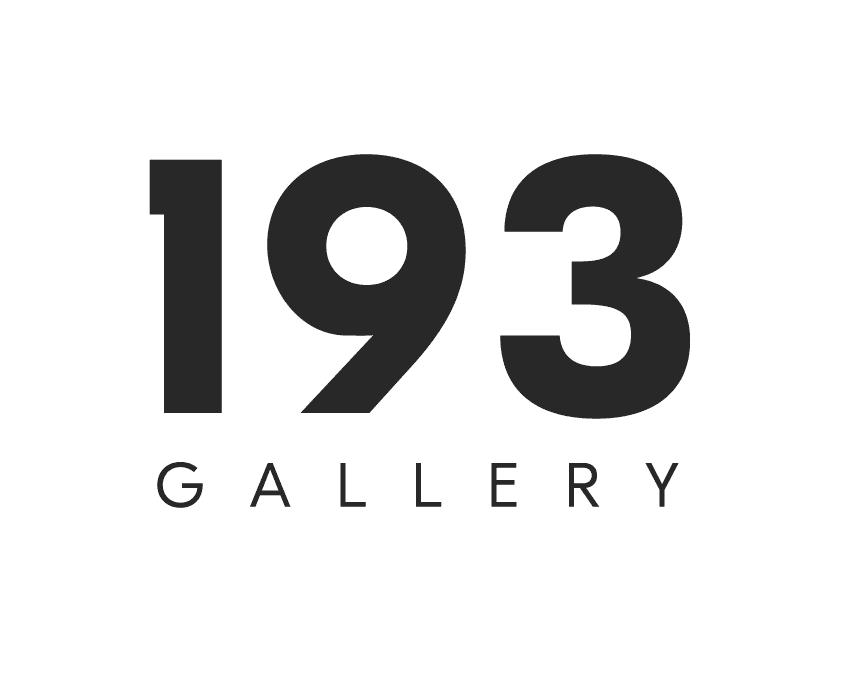
Hassan Hajjaj Morocco, b. 1961
Frame: Wood sprayed white with 50 x HH Short red tea boxes with eye
52 x 38 1/4 x 3 1/8 in
Hassan Hajjaj questions tradition and identity, notably by taking a singular look at the wearing of the veil, as well as at the daily life of the people he meets, friends or strangers crossed in the streets of Morocco or elsewhere.
Hassan Hajjaj's work is a form of celebration of the popular visual culture of the souk, a social space, a symbol of interaction and exchange. The artist happily borrows from Moroccan culture, using pictorial stereotypes such as odalisques or brand images and their cult logos. He boldly combines and contrasts Eastern and Western elements to create a rich and universal universe. The care Hassan Hajjaj takes in framing his photographs is reminiscent of the degree of finish in the repetition of motifs in Islamic decorative art.



